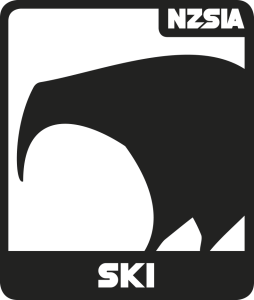Understanding Children covers some of the more specialised areas of understanding children. Delve into the CAP Model, and how and why different age groups learn and behave. Dive deep into what motivates children and how to deal with behaviours, creating experiences that will develop a lifelong passion for the mountain environment.
Age-Specific Student Profiles
This section covers the practicalities of teaching children and puts the theoretical information into ski-specific situations, providing the practical tools for developing and teaching effective children’s lessons.
Three to Six Years
 Children in this age group are just beginning to socialise and may not spend a lot of time away from parents.
Children in this age group are just beginning to socialise and may not spend a lot of time away from parents.
When something is wrong or feels uncomfortable they will often communicate this by crying. However, they love to play and use fantasy and will respond when the instructor does the same.
The pace of this lesson will be slow because of the amount of organising and helping involved, be patient.
Seven To Eleven Years
 By this age children have spent some years at school and most are comfortable in group situations but take time to include children who seem shy or hesitant.
By this age children have spent some years at school and most are comfortable in group situations but take time to include children who seem shy or hesitant.
Be careful of competition which can take over from learning and be ready for this age group to test the rules.
Children at this age really enjoy problem solving and using their increasing language skills (useful for reading the responsibility code on the chairlift pylons!).
Twelve to Fifteen Years
During these years peer acceptance becomes more important than adult influences. Teenagers do not want to be singled out in any way and can sometimes be awkward in front of an instructor who is new to them. Their bodies go through periods of rapid change which can make movements uncoordinated.

The Differences
The following graphics illustrate the difference in each age group. Hover over each part of the image to view…

